How Sightsavers’ in-house accessibility testing has evolved
At Sightsavers, our in-house accessibility testing has developed from checking the basics into a comprehensive process that considers many other aspects of accessible design.
We want our work to be accessible to as many people as possible. When the Disability Inclusion Working Group was formed, one of our key objectives was to develop an accessibility testing initiative modelled on a simplified version of the web content accessibility guidelines (WCAG). For those unfamiliar, WCAG offers a shared standard for accessible web content that individuals, organisations and governments can refer to when developing resources.
Our initial accessibility testing focused on ensuring that Sightsavers’ information and communications were accessible for screenreader users. Using applications such as Jaws, we carried out three main tests:
- Checking images, graphs and tables had appropriate alternative text, which describes an image when it can’t be viewed.
- Assessing the functionality of hyperlinks, and if they could be accessed using keyboard-only navigation.
- Reviewing content to make sure it was formatted, well-structured and written in a logical order.
This was a good starting point, but we knew we could do more to improve our service.
Developing a comprehensive testing service
As a Level 3 Disability Confident Leader, Sightsavers is continually seeking to improve accessibility. With that in mind, we decided to upgrade our testing to better reflect our values, and enable staff to consider other aspects of accessibility.
Working with the web, design and branding team, we’ve devised a new way of testing documents and publications, which includes additional checks on colour contrast, text and font styles, sentence length, audio, video and animation, and the use of sign language. Incorporating these extra features means that we can offer a more well-rounded service, which has resulted in a better experience for anyone using our resources.
Sightsavers believes ‘nothing about us without us’, and our accessibility testing is no different. Originally devised by a member of staff with visual impairments, our updated process was created in collaboration with a neurodivergent colleague who has experience of working with a wide range of people with disabilities. We now also have a small team of dedicated testers to carry out our comprehensive testing for specific publications, particularly those aimed at external audiences.
Our wider accessibility work
As well as improving our testing, we’ve continued working to ensure that inclusion is a shared responsibility across Sightsavers, so that all staff are equipped to embed accessibility whenever they’re developing information and communication resources.
For new starters doing their induction, we’ve added a component on the importance of accessibility, as well as information about our testing and how to request it. We’ve also created guidance on how to make documents, presentations and meetings more accessible, and encourage colleagues to use Microsoft’s built-in accessibility checker, which highlights some of the common issues people with disabilities may have when reading documents.
Feedback from staff with disabilities demonstrates how our work is making a difference. One colleague said: “When our PowerPoint templates are used correctly, presentations are much more accessible now. I’m no longer getting headaches after every presentation.”
To find out more about Sightsavers’ approach to accessible communications, including specific guidance on layout, text, video and presentations, see the accessibility section of our Brand Book.
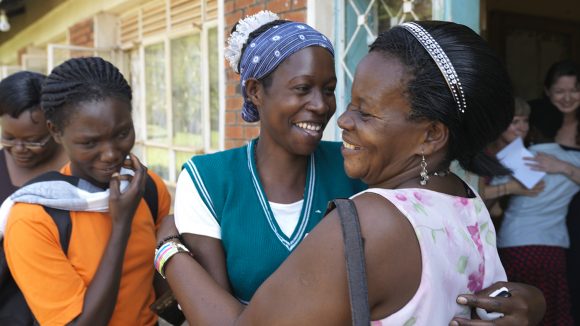
Our commitment to inclusion
Sightsavers’ Disability Inclusion Working Group was set up in 2016 to improve the organisation’s approach to diversity and accessibility.
About the groupAuthor
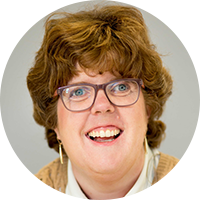 Kate Bennell is the organisational inclusion coordinator at Sightsavers UK. Severely sight impaired herself, she coordinates the Disability Inclusion Working Group and champions accessibility. LinkedIn
Kate Bennell is the organisational inclusion coordinator at Sightsavers UK. Severely sight impaired herself, she coordinates the Disability Inclusion Working Group and champions accessibility. LinkedIn
Read about Sightsavers’ commitment to inclusion
Disability Inclusion Working GroupMore from the
Disability Inclusion Working Group
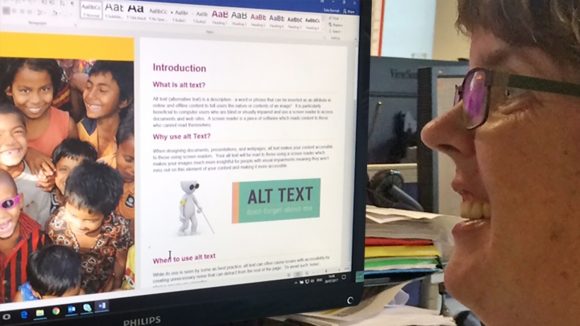
How to support people with hydrocephalus at work
Sightsavers’ Kate Bennell shares her experience of living with hydrocephalus and explains how employers can support colleagues with the condition.
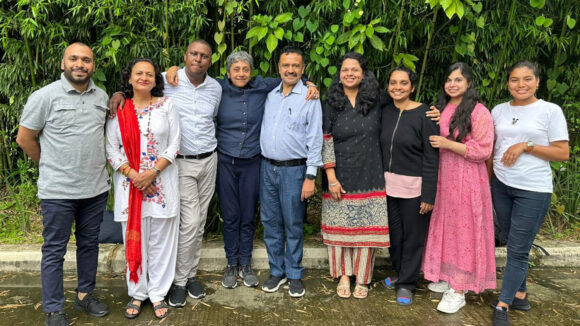
How people with psychosocial disabilities can claim their rights
Sightsavers’ Kate Bennell reflects on a recent talk led by Transforming Communities for Inclusion about psychosocial disabilities.
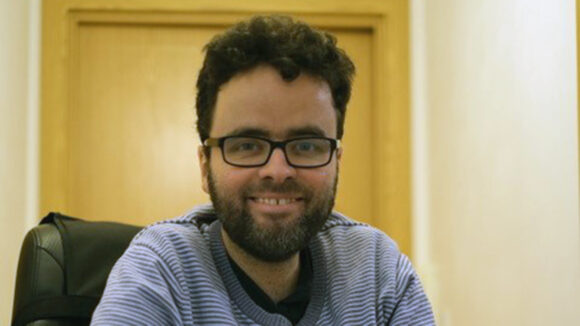
“My aim is to make the world a better place for disabled people”
Sightsavers’ Kate Bennell talks to Peter Fremlin, curator and author of the Disability Debrief, about the online newsletter which provides a disability lens on world news.